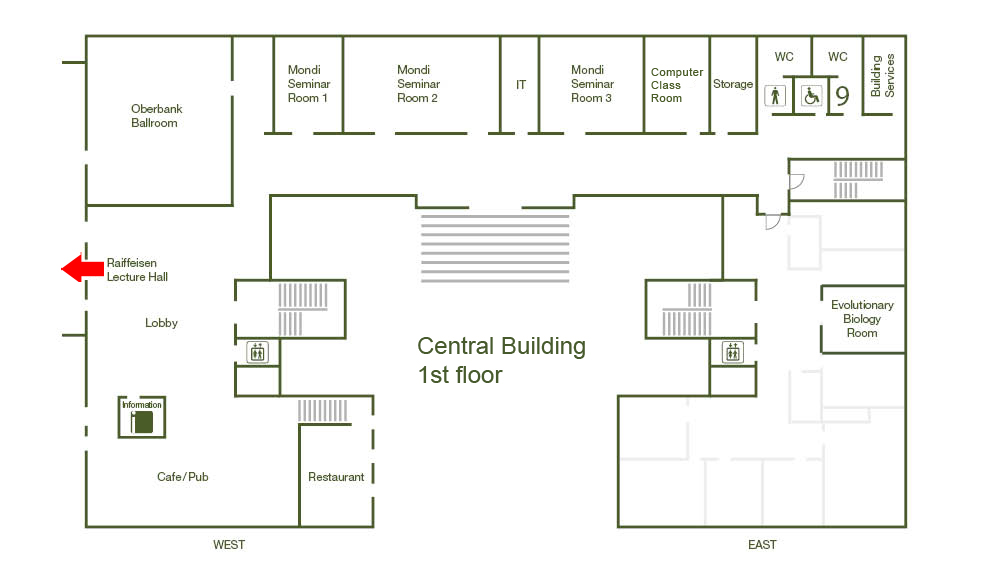Computational Fabrication: Fusing Computation and Advanced Manufacturing

3D printing and related digital fabrication techniques have grown in sophistication over the last decade, vastly extending the scope of structures and materials that can be fabricated. While new opportunities have emerged for the design of customized shapes, architected materials with novel functionalities, and active composites that can sense and respond to their environment, the potential impact is currently limited by the lack of efficient computational approaches for content creation.
In this talk, I will describe the recent progress in computational fabrication toward novel concepts for modeling, designing, and reproducing objects with nontrivial shapes, topologies, and functionalities. I will first focus on our attempts to develop computational approaches for automatically reproducing important basic physical properties of objects, such as their deformation behavior and appearance. I will then investigate the design of objects that can self-deform or be actuated into curved shells from initially flat states. We have developed several methods that allow the realization of smooth, complex, doubly curved surfaces that can be fabricated as flat pieces. All of our approaches will be illustrated with examples.
Finally, I will discuss the outlook of the field and present open challenges.